I Ching Numerology: Based on Shao Yung’s Classic Plum Blossom Numerology
$52.90
| Author(s) | |
|---|---|
| Format |
|
| Pages |
158 |
| Published Date |
1979 |
I Ching Numerology describes two of these formulas and explains how to use them to predict with the / Ching. Known in China as Plum Blossom Numerology, the Early Heaven and Later Heaven formulas can be calculated to find the appropriate hexagram. They do not require coins or any other instrument. Once the formulas are understood and memorized, a prediction can be made simply and easily.
Author’s Note:
The Chinese character Suan means both “to predict” and “to calculate.” It is therefore not surprising that the ancient Chinese, like the Pythagoreans, made no distinction between numerology and mathematics. Shao Yung was a mathematician and philosopher who lived during the Sung Dynasty (A.D. 960-1279). Little known outside China, he was one of the most original thinkers of the Sung Confucians. His theories and cosmological system were derived from a lifelong investigation of the symbolic and mathematical structure of the I Ching.’ Shao Yung expressed many of his ideas graphically with charts, diagrams, and numerological formulas.
As a method for foretelling, Shao Yung’s formulas show users of the I Ching how to look at the structure of the hexagrams for meaning and interpretation, rather than relying solely on the words of the text. This direct reading of the symbolism of the trigrams (three-line figures) composing each hexagram is the ancient Chinese method of I Ching prediction. It requires a thorough knowledge of the many symbolic meanings of the trigrams and their attributes as well as an understanding of the theory of the five elements.2 Since most of this knowledge is either traditional or found in obscure works, this approach to I Ching prediction is virtually unknown in the West.
With Shao Yung’s formulas, however, the Western student of prediction will now have access to this ancient Chinese method. Each formula is explained step by step with examples, and the necessary charts, tables, and number designations are also included. For each trigram there is a comprehensive list of corresponding attributes and symbols. The theory and action pattern of the five elements are explained and diagrammed.
A prediction can be made about anything, from the weather to the future of a nation. The inquiry can be in the form of a yes or no or a general question. Once the question has been asked, a number aspect of the question or situation is used to construct the formulas. Thus the predictive hexagram is derived from the subject of the prediction. Number aspects of the subject are used to construct the upper and lower trigrams of the hexagram that will contain the prediction. For example, with the Early Heaven Formula the upper trigram is determined by something observed by the foreteller. The lower trigram is determined by the time at which the prediction is being made. Therefore, the predictive hexagram arises naturally out of conditions (time plus the thing observed) prevailing at the moment of prediction.
The moving or changing line3 of the predictive hexagram is also calculated with numbers determined by an aspect of the predictive situation. Both formulas produce one and only one moving line, which in turn creates only one new hexagram. At this point, the foreteller has already found and analyzed the symbolic components of the prediction. The interpretation can then be made directly from a reading of the attributes of the trigrams and the action pattern of the five elements within the hexagrams. The Early Heaven Formula uses these exclusively to interpret the prediction. The Later Heaven Formula relates these aspects of the prediction to the text of the I Ching.
Contents:
- Shao Yung
- The Evolution of I Ching Numerology
- The Early Heaven Formula
- The Later Heaven Formula
- Principles of Prediction
- Interpreting the Prediction
- Specific Kinds of Prediction
- Prediction About Two Chinas
- Shao Yung’s Prophetic Poems
- Stories About Shao Yung
I Ching Numerology: Based on Shao Yung's Classic Plum Blossom Numerology By Da Liu pdf
2 reviews for I Ching Numerology: Based on Shao Yung’s Classic Plum Blossom Numerology
Clear filtersOnly logged in customers who have purchased this product may leave a review.

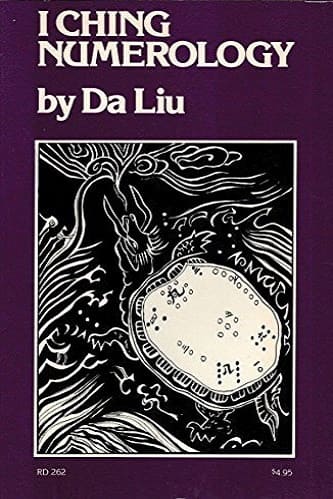
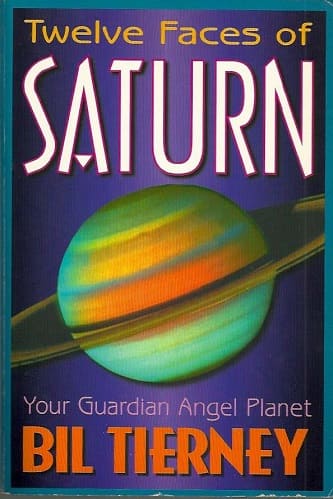
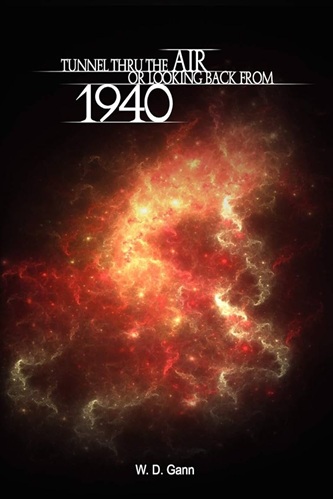
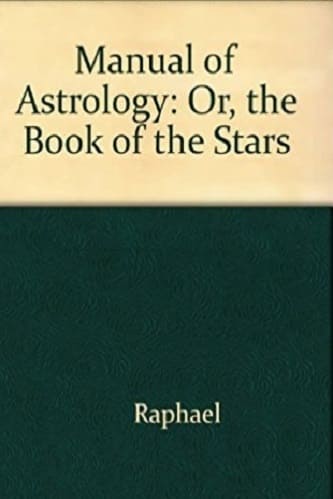
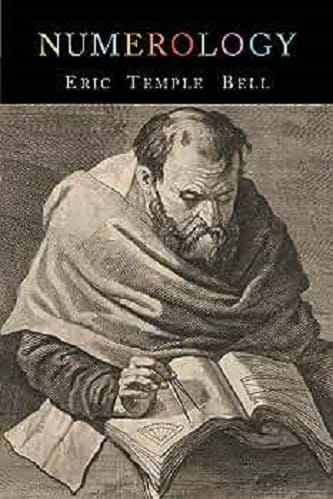
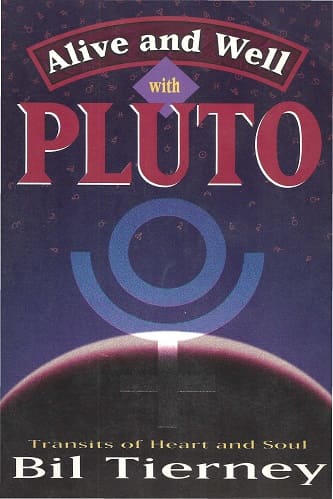
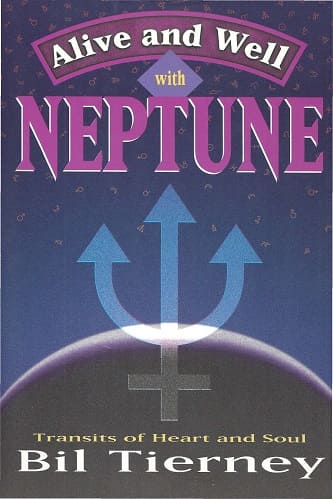
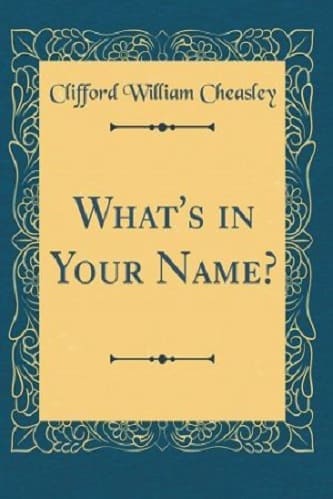
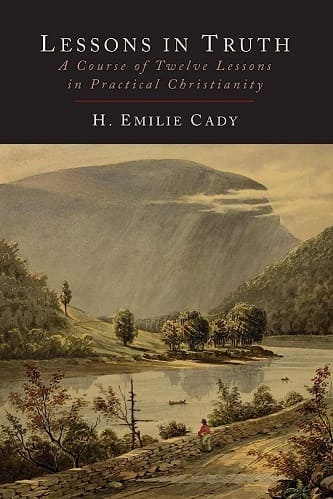
Josie Contreras (verified owner) –
This very rare item was very reasonably priced.. Good Book.
Matthew Aguilar (verified owner) –
Plum Blossom (Meihua Yishu) is a method of I Ching divination that derives the hexagrams from numerological analysis of dates and times and the circumstances of the question rather than randomizing methods such as coins, dice, or yarrow stalks. Interpretation relies primarily on correspondences of the trigrams themselves and their interrelationships viewed from the perspective of the Five Elements. The Author gives an historical introduction to Plum Blossom as it evolved out of the Image and Number (Xiangshu) school of I Ching interpretation as expanded and systematized by the work of Shao Yung (1011-1077), followed by detailed practical instructions on how to calculate, construct, and interpret the hexagrams. Numerous helpful reference tables and diagrams are also included. After all these years Da Liu’s little book remains the best practical introduction for anyone wanting to learn how to do divination by the Plum Blossom method.